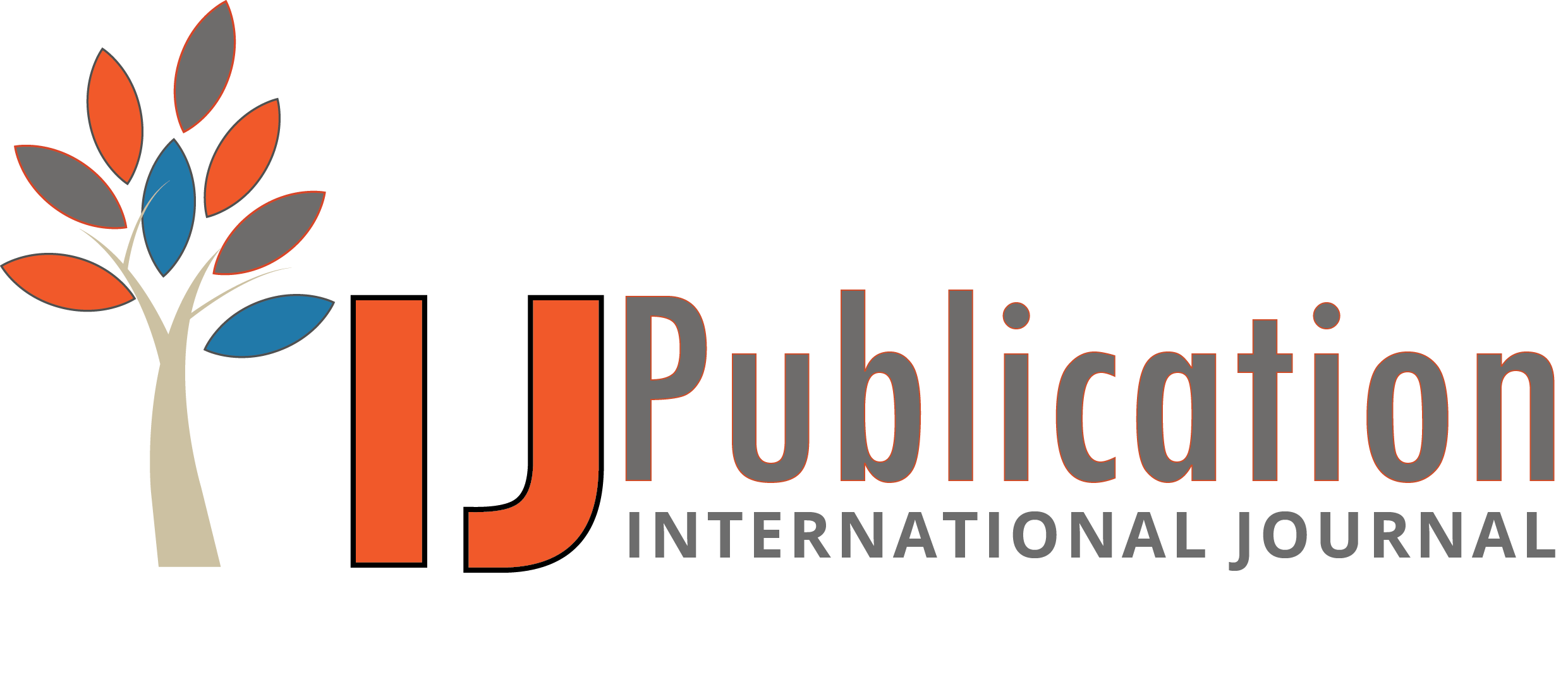Balachandar Ramalingam Reviewer
15 Oct 2024 05:48 PM
 Approved
Approved
Relevance and Originality
This research addresses a pressing challenge in the field of computational advertising by proposing an innovative approach that leverages quantum computing. The growing complexity of machine learning algorithms in real-time ad serving necessitates more efficient solutions, making the relevance of this study particularly timely. The originality of the Quantum AdServer framework, which combines quantum algorithms with classical computing, sets this work apart from existing solutions. By focusing on both near-term and future quantum computing capabilities, the paper offers a forward-looking perspective that could shape future advancements in ad technology.
Methodology
The methodology employed in this paper is robust, focusing on the integration of quantum algorithms—specifically Variational Quantum Circuits (VQC) and the Harrow-Hassidim-Lloyd (HHL) algorithm. However, while the theoretical underpinnings of these algorithms are well-established, the paper could benefit from a more detailed explanation of the implementation process, particularly how these quantum methods are integrated into the existing classical framework for ad serving. Including specific examples or case studies demonstrating the implementation of the Quantum AdServer would enhance the practical understanding of the methodology.
Validity & Reliability
The validity of the proposed framework is strengthened by a comprehensive theoretical analysis and simulations. However, the paper should include empirical evidence to substantiate the claims regarding speed and scalability improvements. For instance, comparative benchmarks against traditional ML algorithms in ad-serving scenarios would provide concrete metrics to evaluate the effectiveness of the Quantum AdServer. Additionally, discussing potential challenges related to the adoption of quantum computing in real-world applications, such as hardware accessibility and cost, would enhance the reliability of the findings.
Clarity and Structure
The paper is well-structured, leading the reader through the introduction, methodology, and implications of the research. However, certain sections could be made clearer. For instance, a succinct overview of how the Quantum AdServer operates, perhaps through a flowchart or diagram, would facilitate understanding of the hybrid framework. The use of simpler language to explain complex quantum concepts could also make the paper more accessible to a broader audience, particularly those who may not have a strong background in quantum computing.
Result Analysis
The analysis of results emphasizes the potential of quantum-enhanced machine learning in ad tech but lacks specific outcomes from simulations or theoretical analyses. Including detailed results, such as performance metrics and case studies that showcase the advantages of using the Quantum AdServer, would provide more depth to the analysis. Additionally, discussing the implications of these results for industry practitioners—such as how they could alter strategies in ad delivery and targeting—would make the findings more relevant and applicable to real-world scenarios.








Balachandar Ramalingam Reviewer